Pohono Trail in Yosemite National Park

Crammed with world-famous features like Half Dome, El Capitan, Yosemite Falls, and Sentinel Dome, the glacier-carved Yosemite National Park holds a veritable treasure chest of must-sees. On this 13.8-miler, ideal for a long day hike or leisurely overnight, climb from the panorama-blessed Tunnel View to the soaring Glacier Point before catching a shuttle for the scenic return trip down Glacier Point Road. For travelers hoping to experience Yosemite sans car, this excursion is an ideal way to nab views from can’t-miss vantage points like Taft Point, Sentinel Dome, and Glacier Point.
Trail Facts
Distance: 13.8 miles one-way
Elevation Gain: 3,700 feet
Difficulty: Challenging
The Pohono Trail Hike
Tunnel View Trailhead to Crocker Point
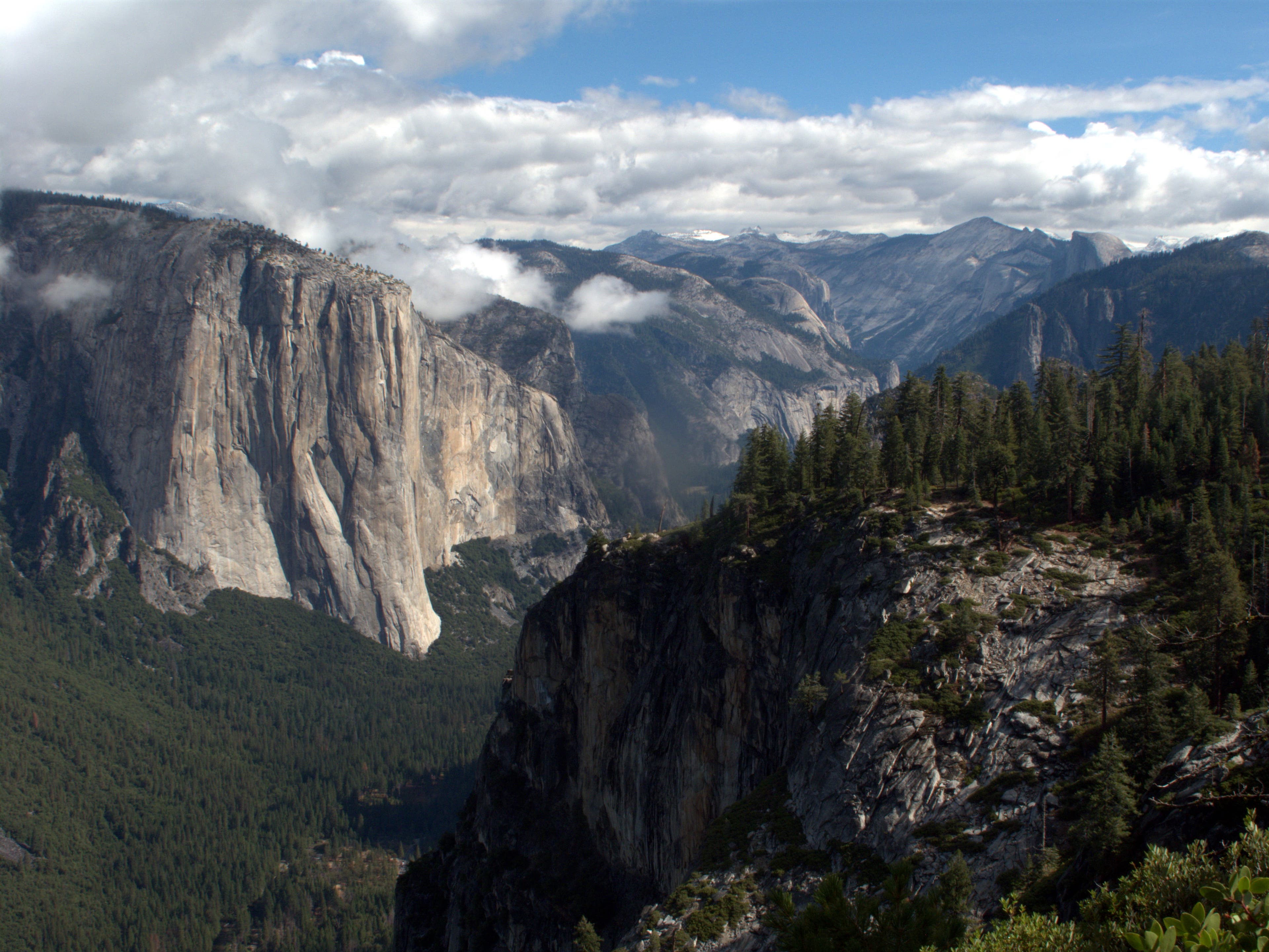
Start at the Tunnel View trailhead. Bear boxes and overnight parking are available on the south side of Wawona Road. From the east mouth of Wawona Tunnel, snag your first series of Valley views—featuring El Capitan, Clouds Rest, Half Dome, Cathedral Rocks, and Sentinel Dome–before climbing to the top of the South Rim on the Pohono Trail. Notch your first aerial vistas of the valley from Stanford Point (2.8 miles) before continuing for fresh perspectives from Crocker Point and Dewey Point.
From the overhanging eastern edge of Crocker Point, gain dizzying views of the Valley below. Established campsites are perched on the cliff edges, but the Park Service prohibits camping within 0.5 miles of the Rim. If you want to spend the night, keep your eyes open for a site—camping is not permitted east of Bridalveil Creek (2.9 miles away).
Crocker Point to Taft Point
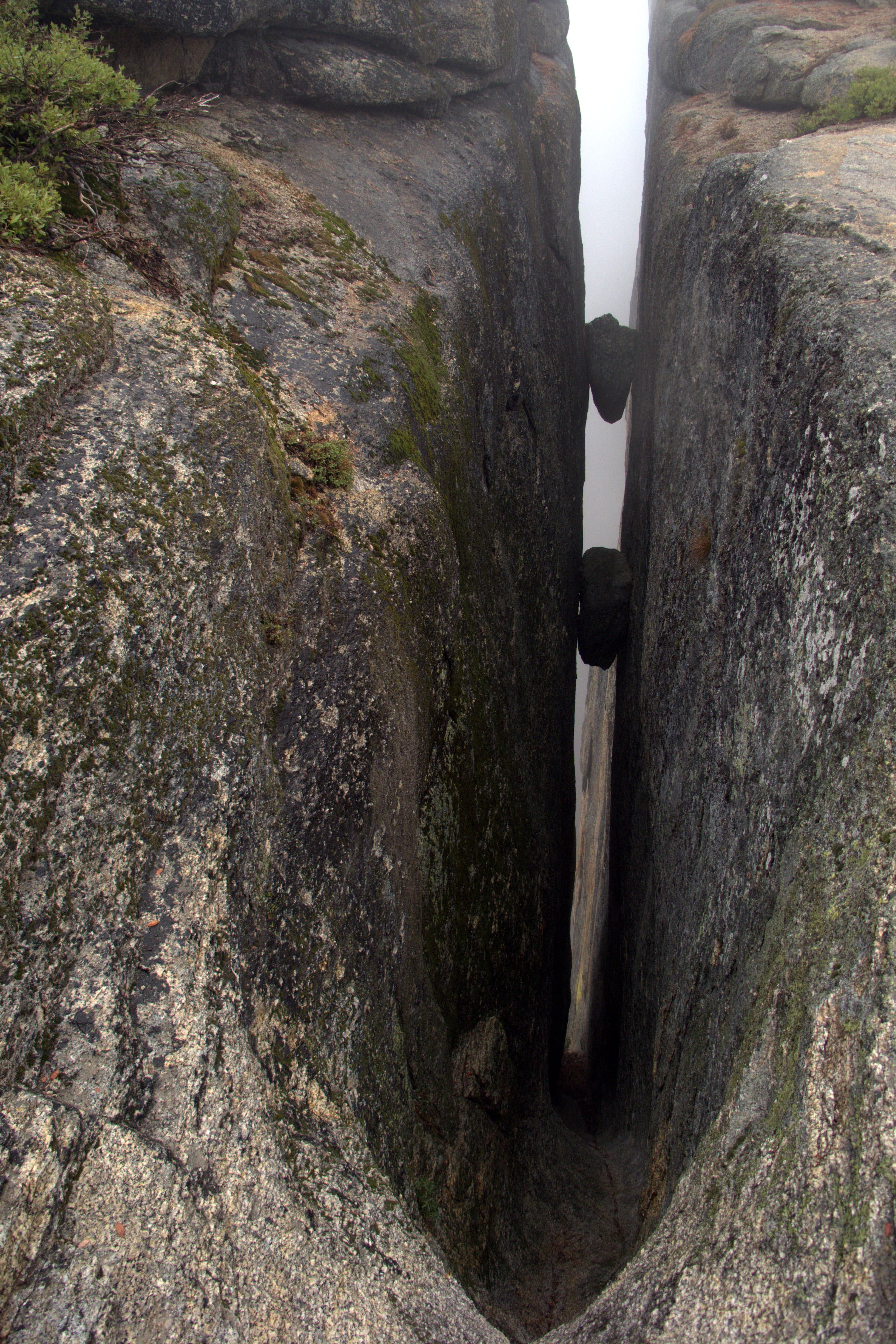
Weave through a 4.3-mile stretch of forest before passing the Fissures–a series of deep, tight gashes in the granite of Profile Cliff–en route to Taft Point. The panoramas from Taft Point, protruding precariously into the void above the Valley, rival those from Glacier Point. Since Taft is inaccessible by motor vehicles, it draws considerably fewer visitors.
Taft Point to Glacier Point
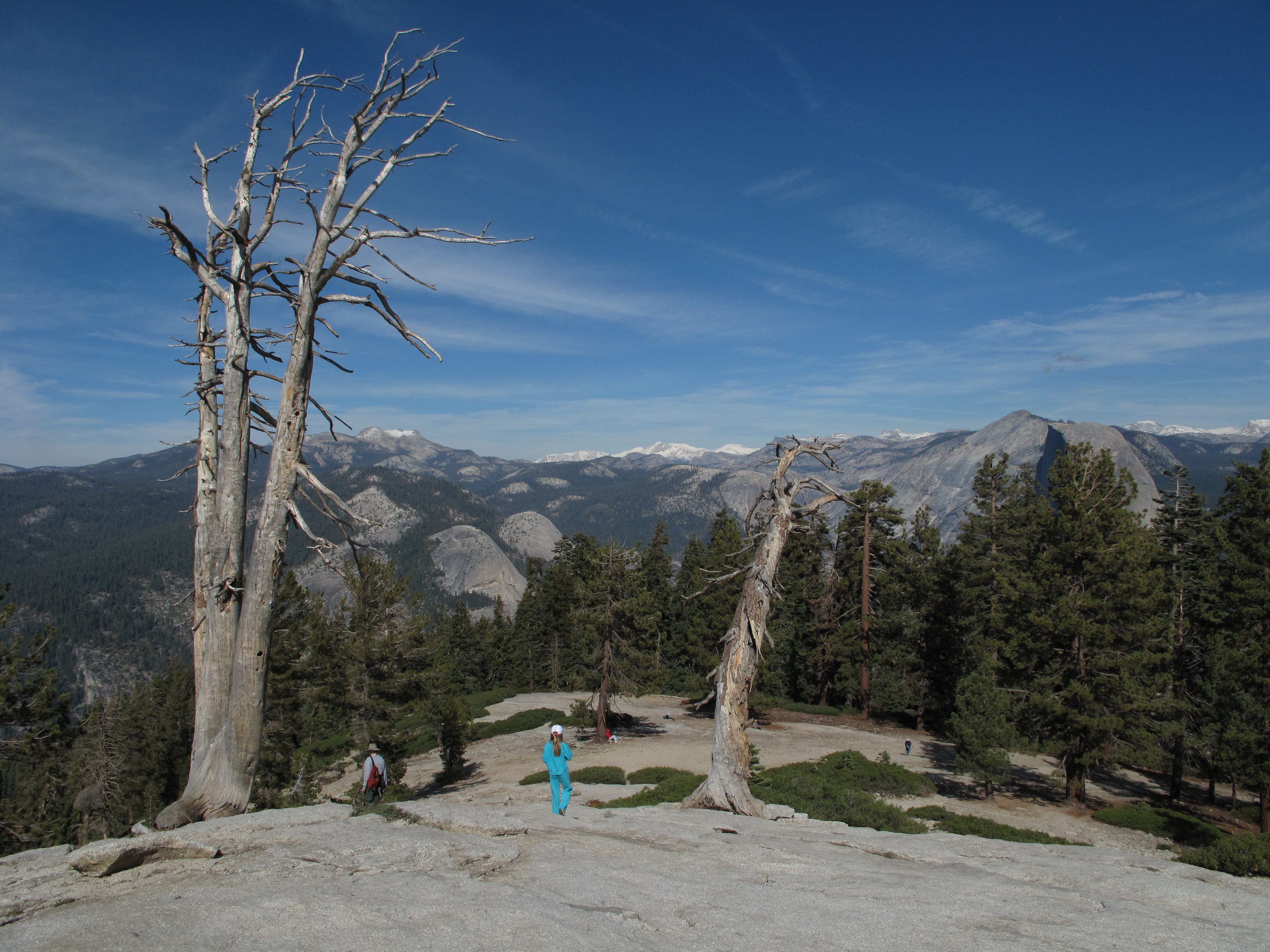
Continue to Sentinel Dome (three miles east) for all-encompassing vistas from the Valley’s second-highest vantage point (Half Dome is the highest). Sentinel clocks in at 8,117 feet and is home to the gnarled Jeffrey Pine immortalized in several Ansel Adams photographs. Along with views of the Valley’s usual suspects—El Capitan, Yosemite Falls, Cathedral Rocks, and Clouds Rest—Sentinel offers vistas of the far-off Cathedral and Clark ranges, and glimpses of Vernal and Nevada falls. Descend from Sentinel’s exposed, granite summit to complete the final one-mile jaunt to the legendary Glacier Point for spectacular cross-valley panoramas of Half Dome.
Glacier Point back to Tunnel View
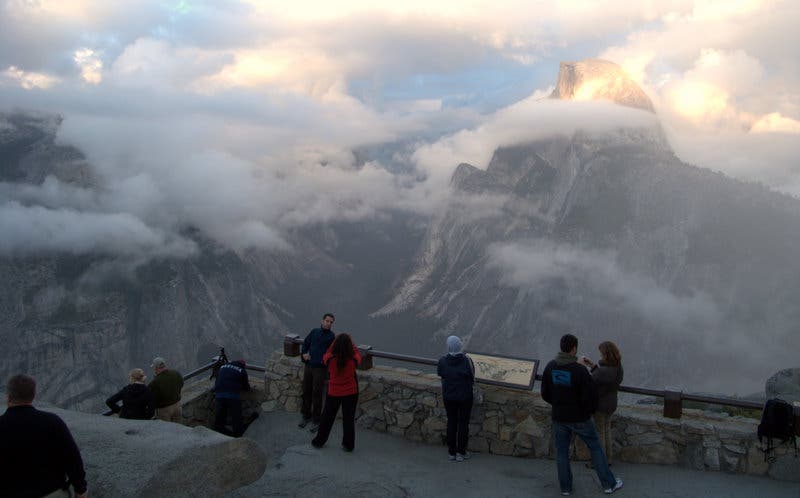
Though packed with tourists, Glacier Point’s superb high-country panoramas, comparable to those from Sentinel Dome, render it a must-see. The point is perched precipitously atop Yosemite Valley’s sky-scraping South Wall offering views of Half Dome to the northeast and Nevada and Vernal Falls, which can be seen above the confluence of the Illilouette Gorge and Merced River to the east. Curry Village is carved into the valley floor directly north, Yosemite Falls plunges from the valley’s North Wall, and the Clarke Range spans the southeast horizon. Enjoy the sights and wander through an interpretive area toward Glacier Point’s cliff-edged northern terminus.
Return to Tunnel View via the Glacier Point Shuttle. The one-way shuttle from Glacier Point doesn’t accept reservations for rides from Glacier Point to the Valley, though it usually has openings because most passengers ride the bus up and walk back to the Valley via the Four Mile Trail.
Why You’ll Love the Pohono Trail
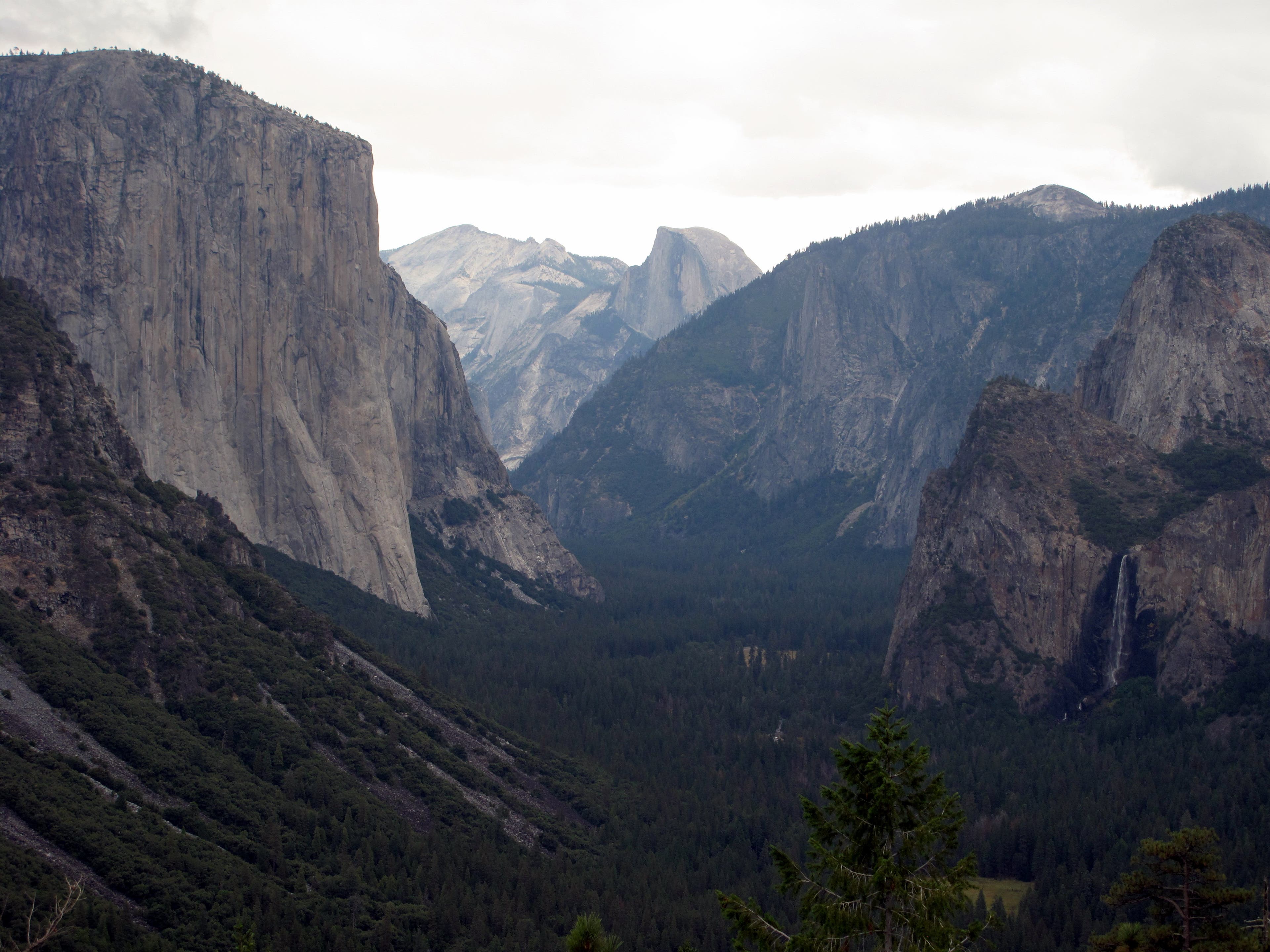
The views. The views. And more views.
Catch some of the most iconic sights Yosemite offers along this view-packed hike.
Mountains
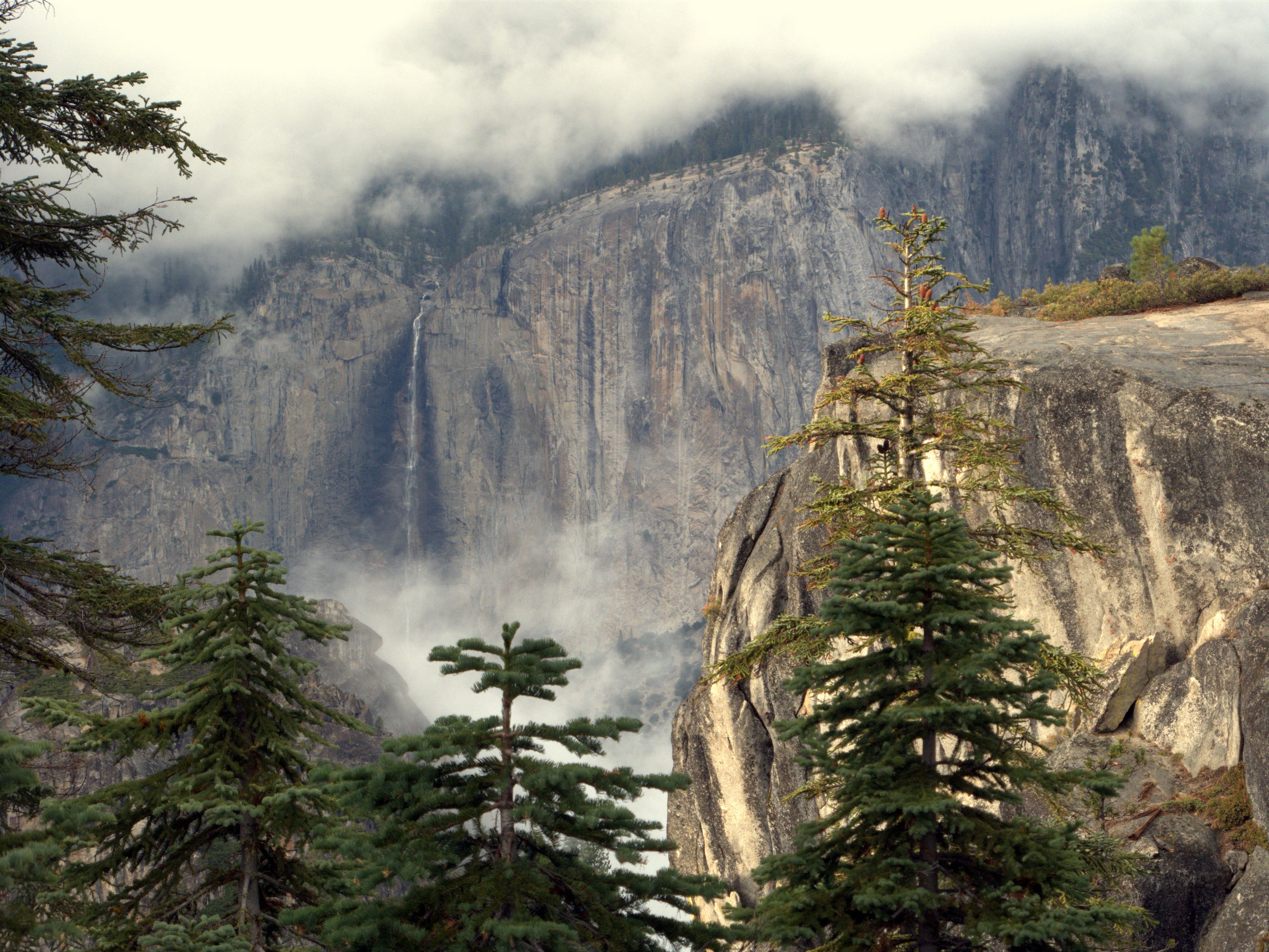
- El Capitan
- Clouds Rest
- Half Dome
- Cathedral Rocks
- Sentinel Rocks
- Sentinel Dome
- The Fissures
Waterfalls
- Vernal Falls
- Nevada Falls
- Bridal Veil Falls
- Yosemite Falls
Viewpoints
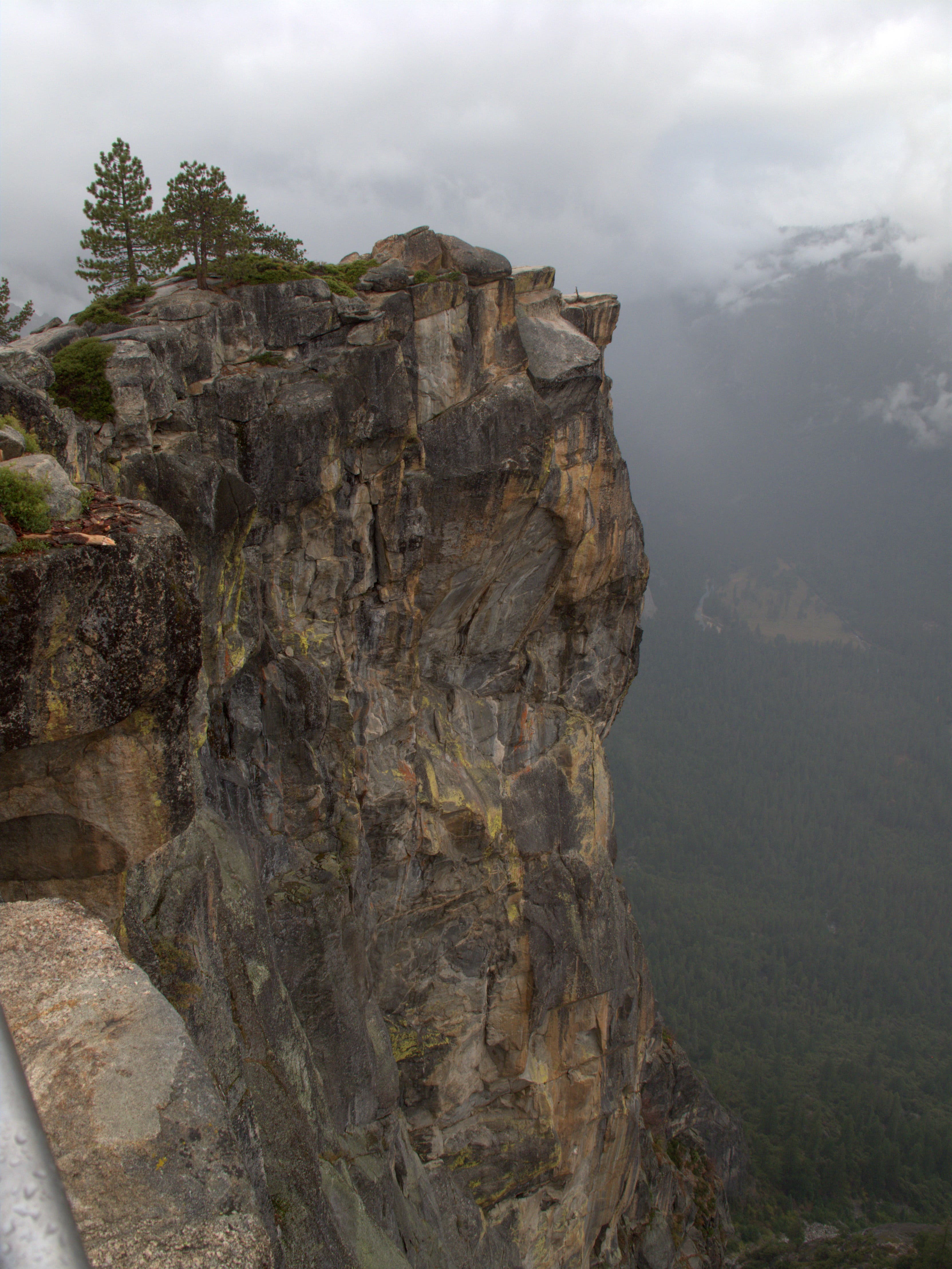
- Stanford Point
- Crocker Point
- Dewey Point
- Taft Point
- Glacier Point
Permits and Logistics
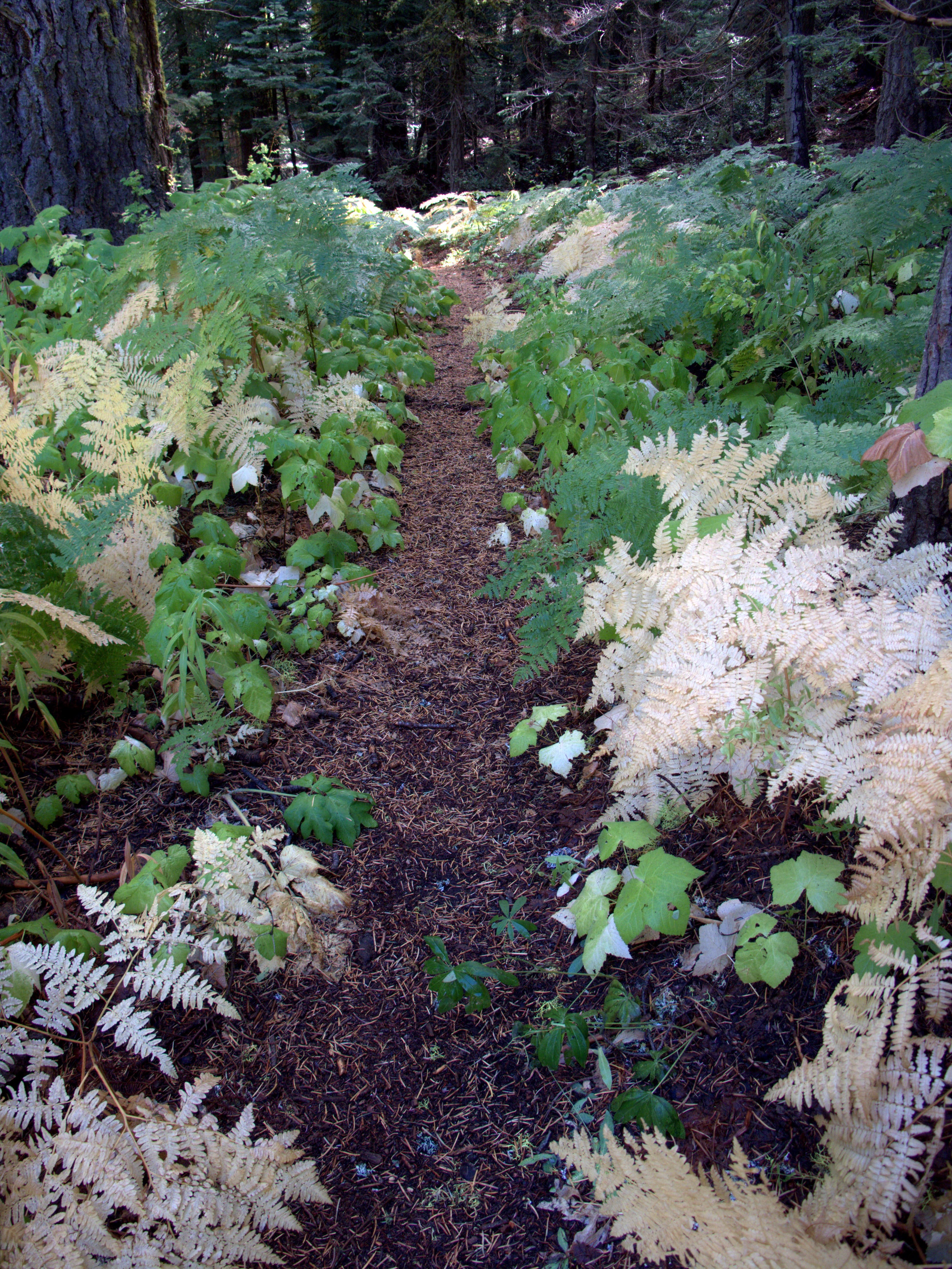
Permits: Yes. Backcountry permits are required for all overnight stays from May through October. Reservations for a permit can be obtained no earlier than 24 weeks before the first night of your stay. Permits can also be obtained at the wilderness center on the day of your trip, depending on availability.
Conditions: Tioga Pass Road (Highway 120) closes between October and May. Water is available along the trail at miles 2.8, 3.8, 5.4 (seasonal), 7.9, 11.7, 13, and 14.4.